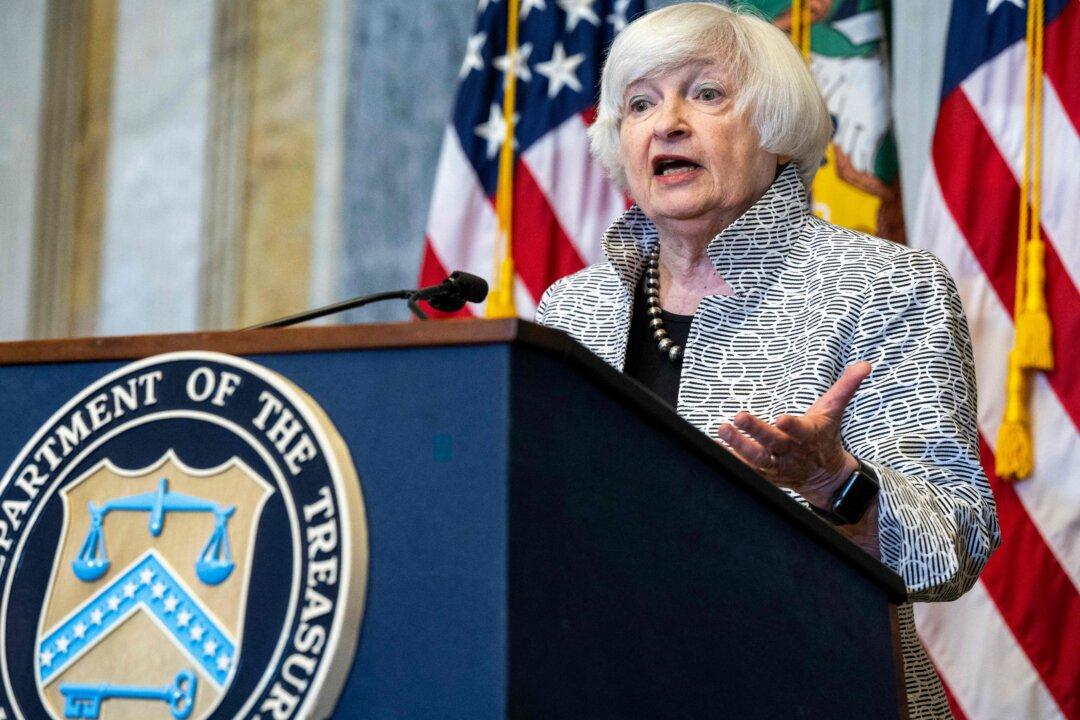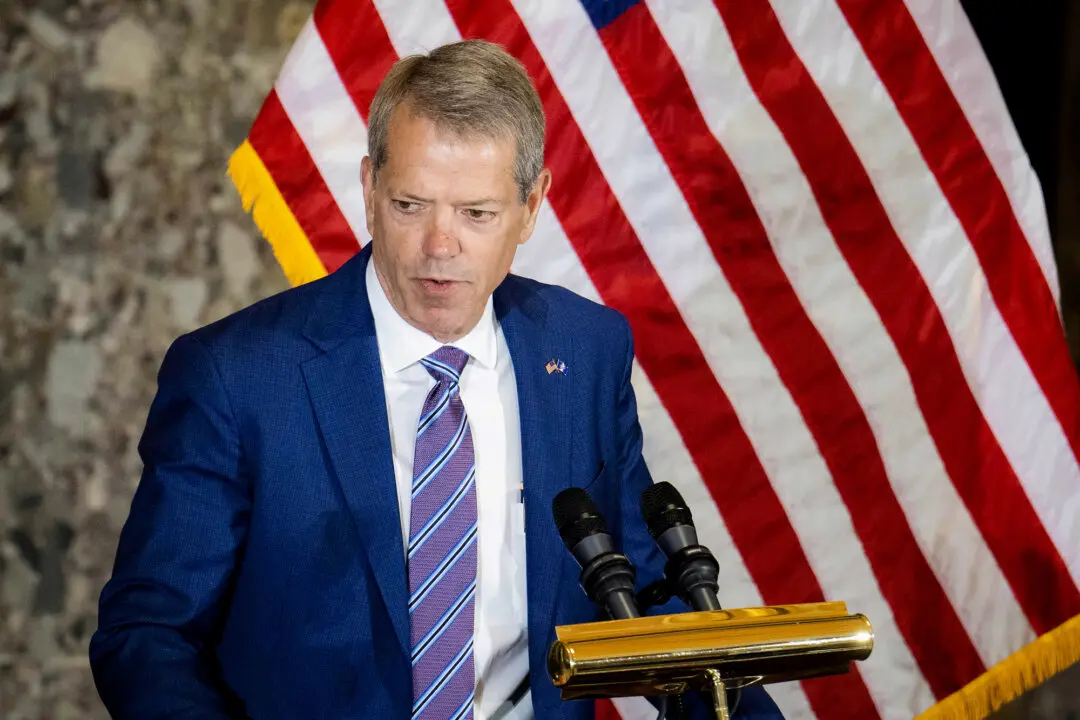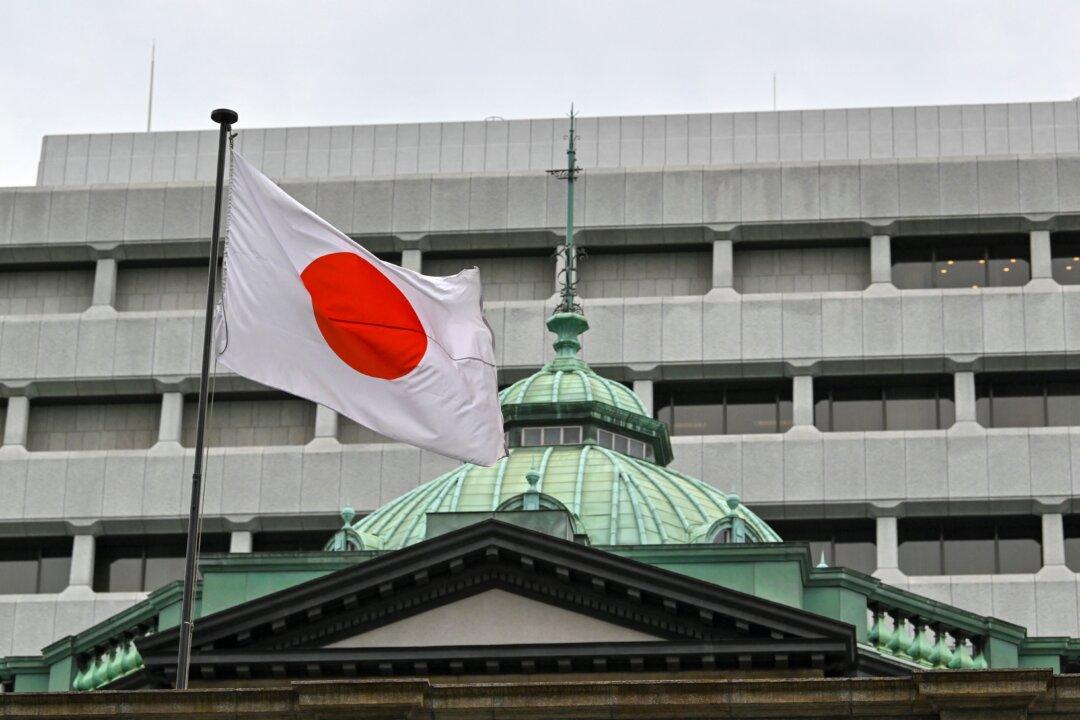Americans have soured further on the economy under President Joe Biden, according to the latest ABC News /Ipsos poll, which shows that the share of U.S. respondents who think the economy is getting worse has soared to its highest level since the financial crisis of 2008–09.
More than two-thirds (69 percent) of American adults believe the U.S. economy is deteriorating, according to the poll (pdf), published three months before the midterm elections in November.





